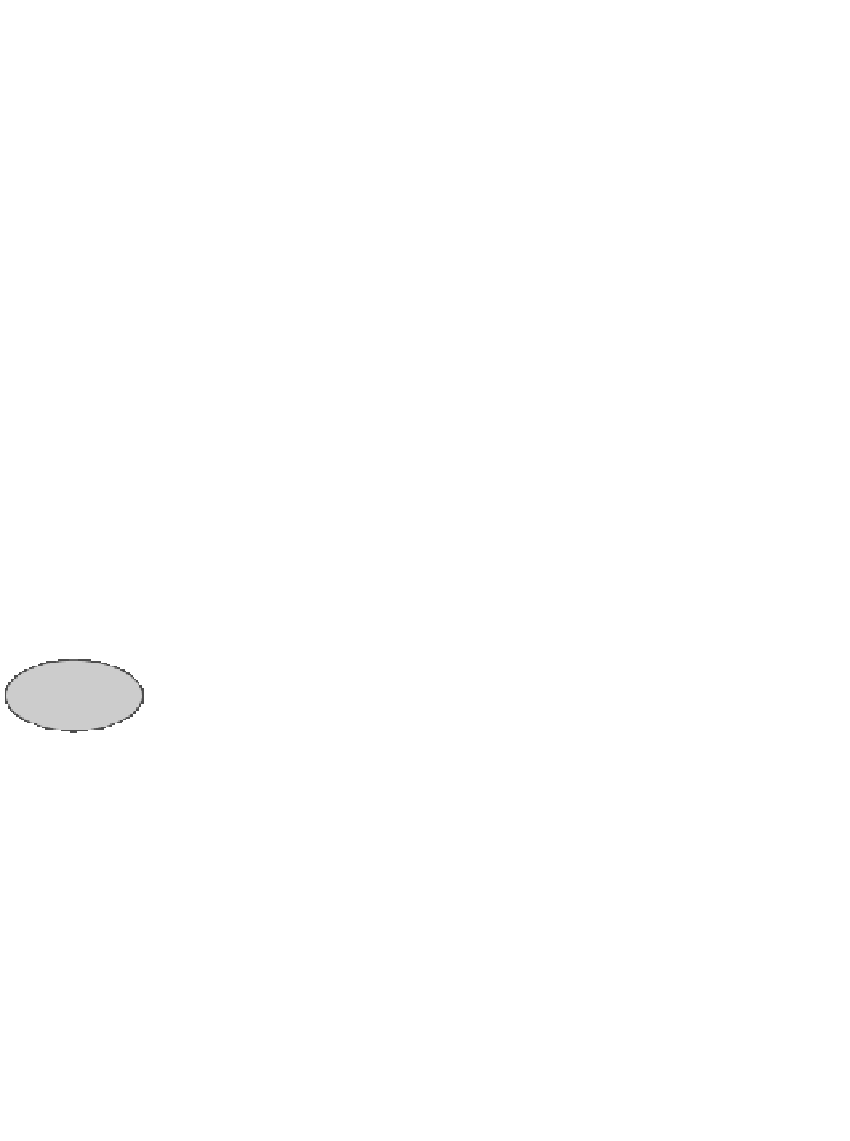Java Reference
In-Depth Information
Process
0;
Process
1;
…
Process
n-1;
We can easily write down a postcondition for the loop:
See lesson page
7-3 to obtain
the schema.
0..n-1
have been processed
To develop a loop invariant, we make a copy of the postcondition and replace
n
in it by a fresh variable
k
:
invariant:
0..k-1
have been processed
How does it start?
The invariant has the nice property that assigning
0
to
k
truthifies it, because the invariant then means that no natural numbers have been
processed.
When does it stop?
The loop should stop when
k=n
because then the
invariant implies that the postcondition is true. So, the loop should continue as
long as
k!=n
.
How does it make progress?
Variable
k
starts out at
0
and is supposed to
end up at
n
, so to make progress, increment
k
.
How does it fix the invariant?
Since
k
is being incremented, the next num-
ber must be processed. The invariant tells us that the next number is
k
.
This leads to the loop schema of Fig. 7.2.
7.4.2
A loop to count the w's
We write a loop to count the number of
w
's in a string
s
, starting with the schema
of Fig. 7.2. We can use this schema because the task is to process the characters
of
s
, and these have numbers in the range
0..s.length()-1
, so we are really
processing the integers in this range.
The first step is to rewrite the schema in the context of our problem. We
begin by replacing
n
in the schema by
s.length()
.
Activity
7-3.2
//
Process the
n
natural numbers
0..n-1
(for
n≥0)
int
k= 0;
// {
invariant:
0..k-1
have been processed
}
while
(k != n) {
Process
k;
k= k + 1;
}
// { 0..n-1
have been processed
}
Figure 7.2:
A schema to process natural numbers
0..n-1



Search WWH ::

Custom Search